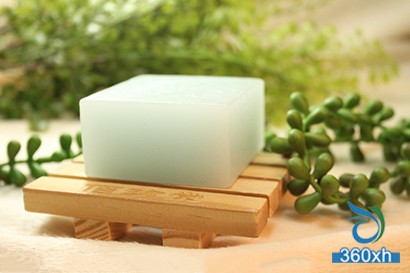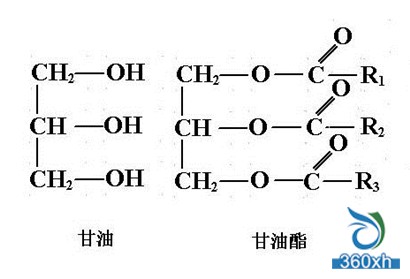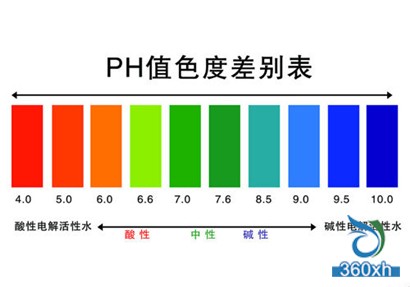
Ever wondered if it's easy to wash your face with handmade soap? Well, it’s actually just another type of cleanser, but because it's made by hand and often marketed as "natural," people tend to believe it has magical properties. If you enjoy DIY projects, trying handmade soap could be a fun experiment. But if you're looking for effective facial cleansing, it's better to choose a product tailored to your skin type—like a gentle cleanser or a moisturizing cream.
First, let's uncover the truth behind the popularity of handmade soap

The image shows the chemical element table of glycerol.
1. Handmade soaps often contain natural glycerin, which is known for its strong moisturizing properties and is generally gentle on the skin. The lather is soft and rich, helping to remove oil from pores while leaving your skin feeling hydrated and glowing.
But here's the truth: Glycerin in handmade soaps can absorb moisture from the air, causing the soap to become sticky or even melt. When you rinse your face with water after using it, the glycerin may get washed away, making the claim of “super moisturizing†less accurate than it seems.
2. Many people think that traditional soap-making involves high heat, which destroys natural nutrients. However, in commercial soaps, ingredients like fragrances, plant extracts, and glycerin are usually added after the saponification process, and the temperature during this stage is typically kept below 60°C—lower than what’s used in handmade soaps. Plus, handmade soaps often contain strong alkalis, which can cause those “natural†ingredients to break down or react, leading to more damage than expected.
3. Some claim that handmade soap is more eco-friendly. While it’s true that handmade soap can biodegrade over time, it’s not necessarily better than other soaps. In fact, many commercial soaps also use sustainable ingredients and are designed to be environmentally friendly. It really depends on the brand and production method.

The closer the pH is to neutral, the milder the skin is.
Second, how to use handmade soap correctly
Even though handmade soap contains some strong alkali, it doesn’t mean it’s unsafe. If left to cure for a long time, the alkalinity naturally decreases, making it safer for facial use. However, it’s still important to be cautious.
If you want to check the pH level of your handmade soap, it’s best to make small holes in different parts of the bar and test the dissolved samples. This gives a more accurate reading than testing just one spot.
For those with sensitive skin, it’s a good idea to do a patch test first. Apply a small amount on your arm or behind your ear and wait a day to see if any irritation occurs. If there’s no reaction, it might be safe to use on your face. But if you feel any redness, itching, or burning, stop using it immediately.
Remember, not all handmade products are created equal. Always read labels, check ingredients, and consider your skin’s needs before making a purchase. Understanding your skin type can help you choose the right products and avoid unnecessary irritation or dryness.
Fruit and vegetable fermented beverages,Medicinal ferment beverages,,Ferment supplement beverages,,Anti-alcoholic liver protection ferment drink
HomeSafe Group , https://www.homesafebio.com